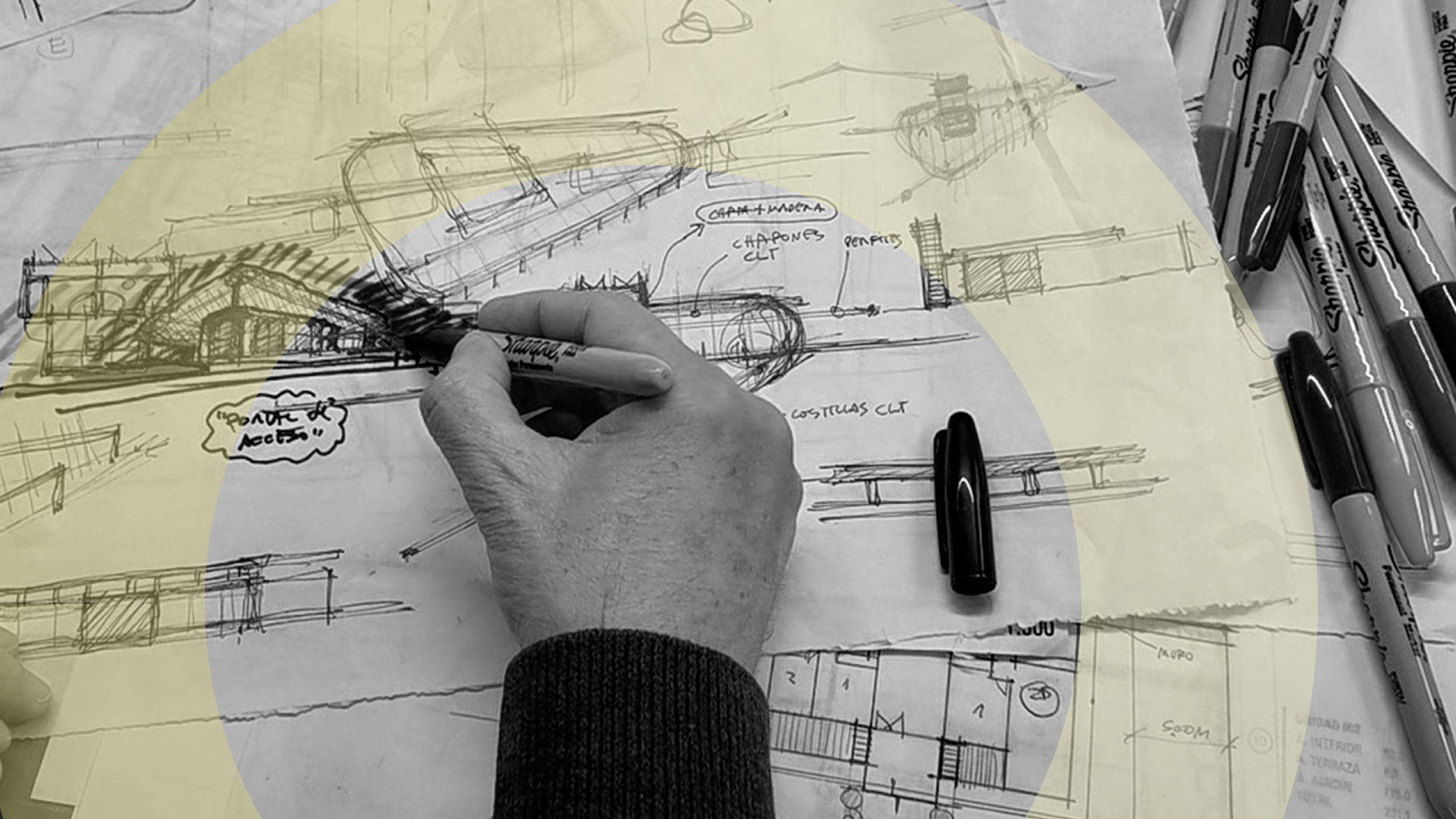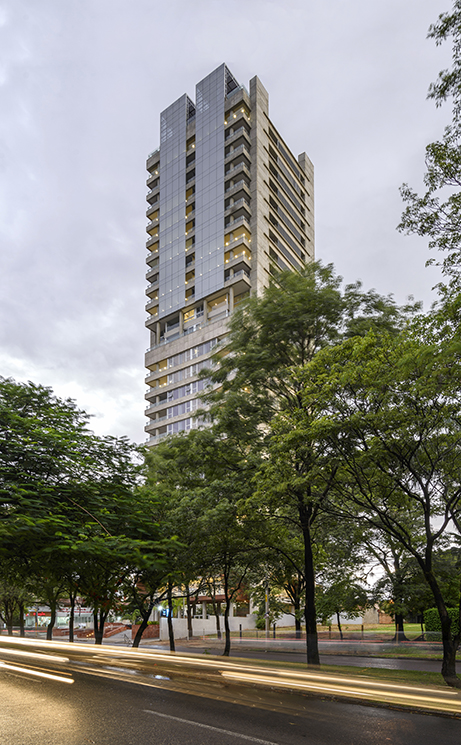


Team Leader in the Concept and Schematic Design area. Architect, graduated from the Faculty of Architecture, Design and Urbanism at the University of the Republic in 1996.
Reading time: 7 minutes.
Publication date: 08/04/2025.
The city is the most complex artifact ever created by humanity — a device that has become our greatest collective work. As a complex and unfinished construct, it embodies both achievements and conflicts, where architecture and urbanism still have many responses to invent and propose.
Since the beginning of the 21st century, we have inhabited a planet that has shifted from rural to urban — a turning point in human history.
In this ongoing process of global urbanization, cities are becoming increasingly vast and dense. Polycentric conurbations have evolved from metropolises into megalopolises, where by 2050, three-quarters of the world’s population is expected to live (*).
Living in cities has become a human destiny over the centuries.
People gather in them for many reasons — from the need for protection, work, and economic opportunity, to the efficiency with which collective cooperation helps resolve needs and conflicts. In today’s context, our discipline faces the urgent need to develop a new perspective on the changing physical and social landscape. The relationship between natural and built environments is increasingly blurring the boundary between territory and city.
A significant portion of urban design — whether planned or not — no longer originates from architects and urban planners. Its development has shifted away from the direct control of society and its governments, and is now often shaped by large-scale operations led by private developers, or left to informal self-construction on the urban periphery. Processes like gentrification, along with the loss of quality public space, have created a tension between expansive development and underdevelopment.
Public space reflects a society’s culture and expresses the collective imagination and aspirations of its people in each time and place. It is not only a shared space, but also the primary setting for civic life — a space of encounter, often marked by conflict, difference, and contrast across cultural, social, and economic lines.
This leads us to ask: What kind of city do we want to live in in the future — and who will be the key players in building it?
A window to the future
“Cities are complex systems, but always incomplete — where there is still room to act.” (**) Our discipline must remain alert to the well-known global agenda: climate change, technological transformation, the rise of AI, socio-cultural shifts, migration, and also more uncertain factors such as the global political landscape, economic asymmetries, and regional conflicts.
We envision both perfect and imperfect futures, shaped by historical developments, in which architecture and urbanism will continue to shape the forms of human habitat and the city. Public space must be strengthened as a meaningful collective space that builds identity. We need more and better public spaces to regenerate cities with higher quality of life — cities that are more equitable and inclusive, both socially and environmentally.
In the face of global urbanization, architecture and urbanism must take on a broader and more active role in imagining and shaping urban futures, with a focus on human well-being. To reflect on and design these future scenarios, we must go beyond tried-and-tested strategies and instead address new core issues with a fresh, critical perspective — considering environmental quality, technological innovation, the role of infrastructure, the rational use of natural resources, and energy efficiency. This will help raise awareness among stakeholders and organizations, and set new directions.
We must explore new alternatives and expand into more cross-disciplinary practices — broadening our perspective beyond the boundaries of our own field, and building bridges between residents, authorities, institutions, and the disciplines of architecture and urbanism.
Challenges and opportunities
To meet the challenges ahead, architecture must adapt to this fluid landscape, rethink its areas of action, and propose new strategies. We must chart new paths that promote a society grounded in dialogue, exchange, and knowledge — one that reveals, on the near horizon, a promising future.
Urbanism and architecture will face the challenge of designing and building the habitats of tomorrow — shaping cities that are more efficient, economically and ecologically sustainable, and socially equitable. But it’s not just about sustainability — it’s also about cultural and ecological regeneration, to restore balance between the built and natural environments.
One thing is becoming increasingly clear: we will need more complementary, connected, flexible, and cross-disciplinary perspectives — even beyond architecture itself — to reaffirm the importance of integration and collaboration with other fields of knowledge, both established and emerging.
Perhaps the search for these new paradigms can be found — among others — in the integration of artificial intelligence.
“When we talk about intelligence today, everyone thinks of AI and ChatGPT. But in reality, it’s about all the different types of intelligence — natural, artificial, and collective — that shape the built environment, the place where we’ve lived for thousands of years.” (***)
This may be a new paradigm — one in which a set of actions, driven by social, disciplinary, and academic forces, can help architecture mediate between the user and the city. Because transforming the urban landscape will require proposing spaces that blend the public and the private, enhancing and improving the quality of life in the environments we inhabit.
At this crossroads, architecture emerges as an expanded field of action — capable of integrating diverse knowledge and emerging technologies with a critical and sensitive outlook. The incorporation of new forms of intelligence should not be seen as a replacement, but as an expansion of our tools to understand and transform the world around us. Only through an integrative, collaborative, and open approach to change will we be able to design spaces that not only meet today’s needs, but also anticipate and respond to the challenges of the future.
(*) Dr. Joan Clos, Executive Director of UN-Habitat and Secretary-General of the United Nations Conference on Housing and Sustainable Urban Development, Habitat III, 2016.
(**) The Global City, Saskia Sassen. Publisher: University of Buenos Aires, 1999.
(***) Intelligens. Natural. Artificial. Collective. Carlo Ratti, curator of the Venice Architecture Biennale, 2025.
Recommended reading:
The Global City, Saskia Sassen. Publisher: University of Buenos Aires, 1999.






